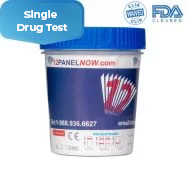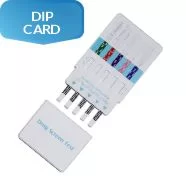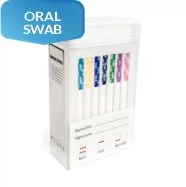Norfentanyl 500 ng/ml
How To Use 14 Panel Drug Test ?

COLLECT
Use the urine drug test cup as soon as possible after removing it from the sealed packet.
WAIT
Examine where the green dot emerges after 2-4 minutes to confirm the temperature of the material. A green dot will appear on the relevant temperature line.
READ
Remove the label when you're ready to understand the results. The results of the tests should be available in 5 minutes. Do not evaluate the result after 8 minutes.

To install this Web App in your iPhone/iPad press
![]() and then Add to Home Screen.
and then Add to Home Screen.































